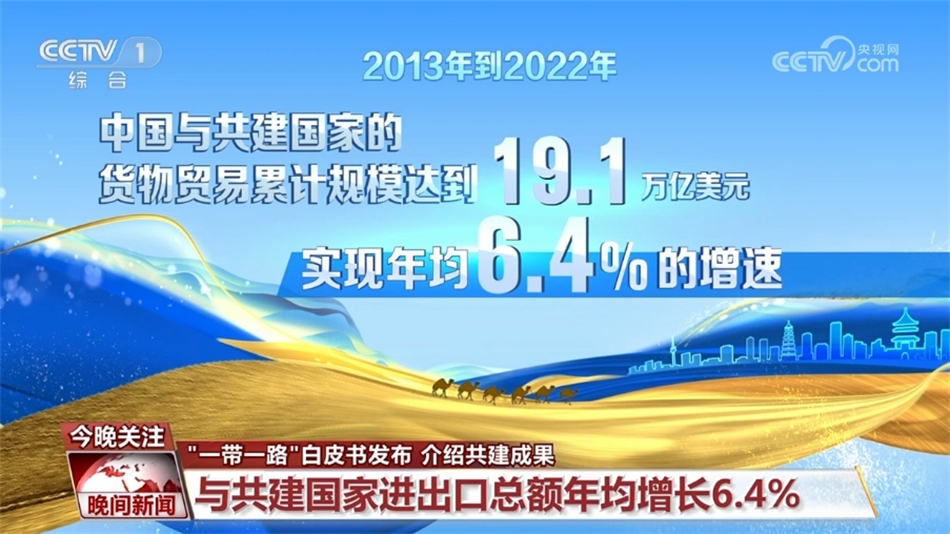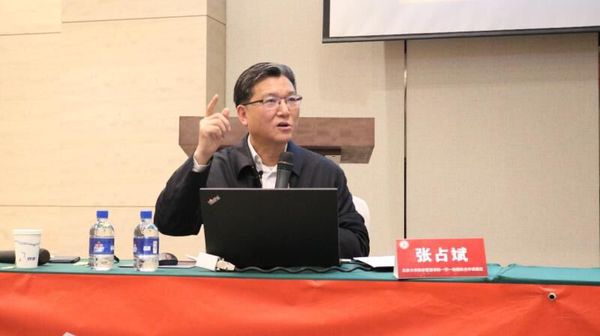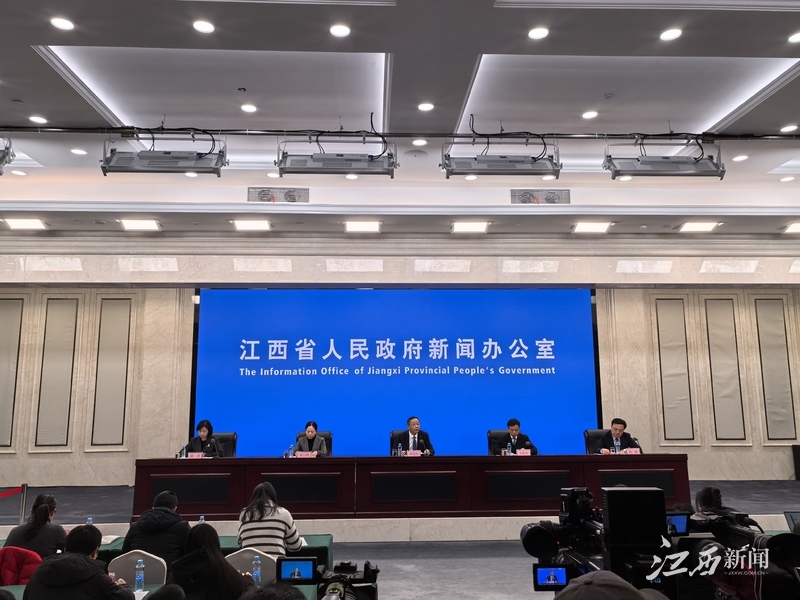Inject More Certainty Into Regional And Global Trade
Inject More Certainty Into Regional And Global Trade
Inject more certainty into regional and global trade
【Special attention to China-ASEAN Expo】
From September 17 to 21, the 22nd China-ASEAN Expo and the China-ASEAN Business and Investment Summit were held in Nanning, Guangxi. Among the series of exhibition keywords summarized by AI digital people at the ASEAN Expo, hot words such as "China-ASEAN Free Trade Zone Version 3.0", "Standard Mutual Recognition", and "Interconnection" are particularly eye-catching.
This year marks the 15th anniversary of the establishment of the China-ASEAN Free Trade Zone and will also be the year when the 3.0 protocol of the Free Trade Zone is signed. This year's ASEAN Expo is of more special significance. Since its opening, a crowd of people has been surging in the 160,000 square meters of exhibition area. More than 3,200 companies from 60 countries share opportunities, seek business opportunities, and talk about the future together.
This grand event allowed the world to observe the latest achievements of China and ASEAN countries in implementing the Regional Comprehensive Economic Partnership Agreement (RCEP), fully completing the 3.0 negotiations of the China-ASEAN Free Trade Zone, and continuously promoting regional economic integration and economic and trade cooperation. Against the backdrop of unilateralism and protectionism, China and ASEAN countries have demonstrated their confidence and strength to adhere to openness and cooperation through the ASEAN Expo.
Open cooperation boom is surging
Since the China-ASEAN Free Trade Zone 3.0 version negotiations were launched in November 2022, it has been substantially ended in October last year after nearly two years and nine rounds of formal negotiations. On May 20 this year, the China-ASEAN Economic and Trade Ministers' Special Meeting was held online, and China and ASEAN jointly announced the full completion of the 3.0 negotiations on the China-ASEAN Free Trade Zone. On July 10, the China-ASEAN Foreign Ministers' Meeting was held in Kuala Lumpur, Malaysia. The two sides agreed to submit the results of the 3.0 version of the free trade zone consultation to the leaders' meeting held in October this year for approval and signing, which clearly sent a clear signal to promote regional economic integration and build a high-level regional free trade network.
A series of cooperation consensus between the top leaders of the two sides was vividly demonstrated at the site of this year's China International Fair.
In the exhibition area, Cambodian rice, Thai latex pillows, Vietnamese mahogany furniture, Indonesian cat shit coffee, Malaysian Maosan king durian and other "star products" are still very popular, and many new companies from ASEAN countries have made their debut with new products. Cambodian handmade cultural and creative products, Indonesian palm oil cuisine, Malaysian probiotics, Philippine intangible cultural heritage fabric and other special products have set off another round of rush to buy new products in ASEAN countries. In exhibition halls of various countries, live streaming and live experience are being staged one after another. Many exhibitors in ASEAN countries hang signs with the words "Invite agents" and "Looking for dealers in China" at the booths, hoping to sell their new products to the vast Chinese market as soon as possible.
At this year's AI-themed ASEAN Expo, countries also brought more exhibits with "technology style". The Malaysian Ministry of Science and Technology Innovation, Indonesian Telematics Processing Association, Brunei Innovation Laboratory and other institutions formed a group to participate in the exhibition for the first time. Emerging scientific and technological achievements such as intelligent medical care, green energy AI applications, and "Digital Economy 4.0" were unveiled in a concentrated manner, and complemented China's "black technologies" such as AI models, AI wearable devices, intelligent application platforms, robots, and drones, presenting a rich picture of scientific and technological cooperation crossing national boundaries.
At the 2025 China-ASEAN Ministers' Roundtable Meeting of China-ASEAN Artificial Intelligence Ministers held on September 18, countries also announced the start of the construction of the China-ASEAN Countries Artificial Intelligence Application Cooperation Center and released a number of important cooperation results. Through this ASEAN Expo, people can foresee the beautiful scene when regional cooperation expands from traditional trade to more future-oriented areas such as digital economy, technological innovation and new energy.
As Myanmar Prime Minister Niu Soo said, the China-ASEAN Free Trade Zone has entered the 3.0 era. China and ASEAN have carried out more in-depth cooperation in various fields, especially in the digital economy, green economy and other fields, sharing the results of development, bringing more opportunities to the development of various countries. "The best time is now to have friendly exchanges between China and ASEAN countries and carry out mutual economic and trade cooperation."
Stimulate new momentum for regional economic integration
As the core platform for China-ASEAN open cooperation, the ASEAN Expo and the Summit have always been committed to serving the construction of the China-ASEAN Free Trade Zone and shoulder the mission and responsibility of promoting regional economic integration. Over the past 20 years, the ASEAN Expo platform has gathered massive resources such as enterprises, goods, services, projects, funds, information, etc. from China and ASEAN countries, and has continued to create business opportunities for enterprises on both sides to explore the market, promote the implementation of a large number of major mechanisms and projects, and promote and witness the upgrading of the China-ASEAN Free Trade Zone from version 1.0 to version 2.0 and version 3.0.
The role of this ASEAN Expo in promoting the implementation of the 3.0 version of the China-ASEAN Free Trade Zone has also been highlighted. On September 17, the ASEAN Expo released the blue book "China-ASEAN Economic and Trade Cooperation Outlook Report" and set up a special chapter to deeply analyze the content of the Free Trade Zone version 3.0. The blue book points out that the 3.0 version of the China-ASEAN Free Trade Zone is a high-quality upgrade in institutional, regular and emerging fields. Unlike the 1.0 and 2.0 versions that focus on tariff preferential treatment and service investment in goods, the 3.0 version includes new issues such as digital economy, green economy, supply chain interconnection, standards and conformity assessment procedures in the terms. The blue book also clearly states that "free trade zone 3.0, digital economy, green development and artificial intelligence" are the four major fulcrums for future cooperation, and proposes specific implementation paths for the next stage.
In addition, in the 2025 China-ASEAN Economic and Trade Cooperation Dialogue, RCEP Trade Facilitation Industry Cooperation Exchange Conference, RCEP Economic and Trade Cooperation High-end Dialogue, and other rich supporting activities held during this year's ASEAN Expo, experts and scholars from all fields gathered together to discuss new trends in regional economic integration and explore effective measures to further promote regional cooperation. Through the platform of the China International Fair, enterprises from all countries have not only witnessed the vigorous vitality of regional cooperation, but also gained insight into market opportunities in advance, and made the first arrangement in key areas such as digital and green economy, so as to promote regional economic and trade cooperation to a higher quality and deeper level.
Pampas Longzantara, associate professor at the School of Economics and Business Administration of Laos National University, said that the dialogue and exchanges during the ASEAN Expo will not only effectively provide advice to the government, but also provide practical reference for the business and business circles, and will help further consolidate the China-ASEAN comprehensive strategic partnership.
In recent years, the ASEAN Expo and the Summit have continued to expand their platform functions, extending from serving China-ASEAN (10 1) to RCEP and jointly building the "Belt and Road", enhancing the influence of China and ASEAN as a whole region in the world, not only adding new opportunities and stimulating new momentum for regional economic integration, but also making new contributions to economic globalization.
As Shi Zhongjun, Secretary-General of the China-ASEAN Center, the completion of the 3.0 negotiations on the China-ASEAN Free Trade Zone are expected to further reduce tariff and non-tariff barriers and promote regional economic integration. Against the backward trend of economic globalization, China and ASEAN are each other's "opportunities" and "safe havens" due to the coordinated cooperation of production and supply chains, preparing buffer space for jointly responding to external challenges. This important role and significance for the global multilateral economic and trade system has also attracted much attention.
Looking ahead, the implementation of the 3.0 version of the China-ASEAN Free Trade Zone will help comprehensively expand cooperation between China and ASEAN countries in emerging fields, promote the deep integration of production and supply chains between the two sides, and inject greater certainty into regional and global trade.
With the help of the ASEAN Expo, China and ASEAN countries will continue to accelerate the pace of regional open cooperation, continuously improve the level of trade and investment cooperation, implement RCEP with high quality, strengthen market docking, and improve the level of "hard connectivity" of facilities and "soft connectivity" of rules, so that the 3.0 ship of the China-ASEAN Free Trade Zone 3.0 will set sail and sail to a broader blue ocean, radiate to South Asia, East Asia and other regions and countries, and make greater contributions to regional economic development and global economic recovery.
(Nanning, September 18, our newspaper reporter Yang Yifu and Zhou Shixing)
" style=":none">





